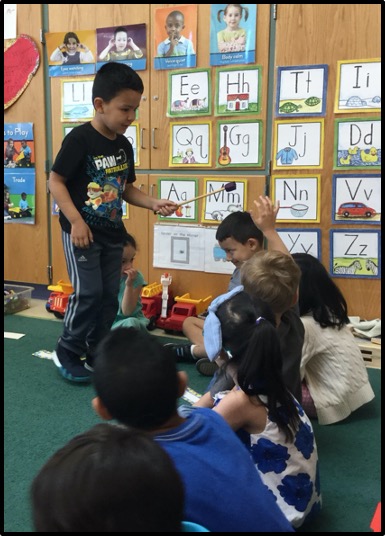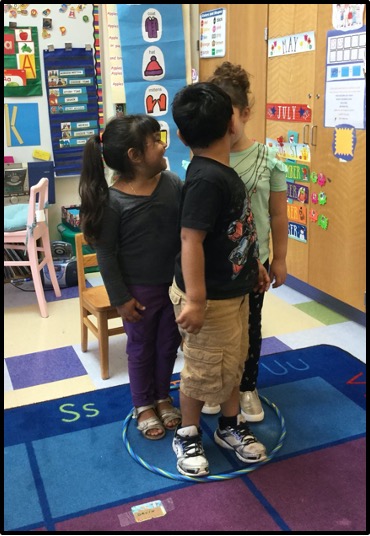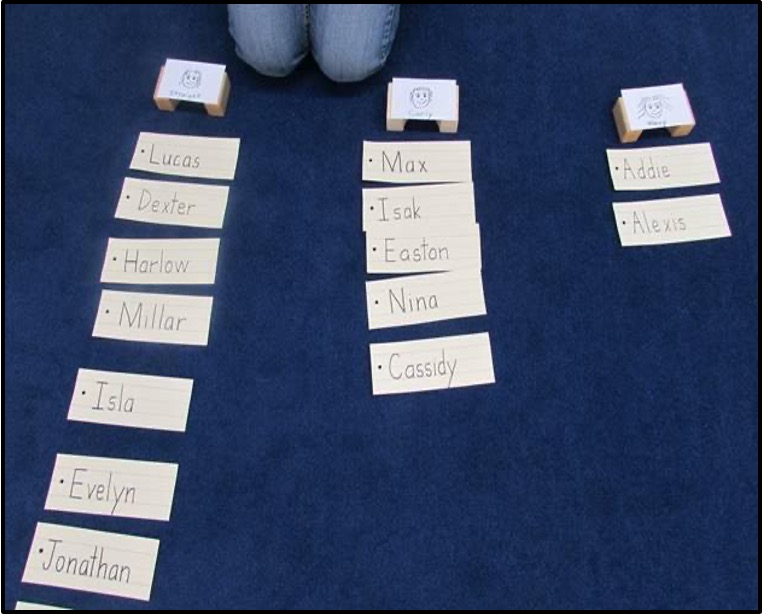Group Activities help contributes to the group’s sense of community by building a repertoire of common songs, games, chants, and experiences. They help children actively engage, and encourage inclusion and participation from everyone. Learning Activities and Games can also be connected to the ongoing curriculum and Big Idea.
In order for Games and Activities to be successful, teach children:
- How to move safely
- How to wait for a turn
- Different voice levels (speaking, chanting, singing)
- What to do if someone makes a mistake


Examples of Group Activities
- Develop Classroom Agreements
- Second Step Activities
- Name Games
- Grace and Courtesy Games that support routines and self-regulatory behaviors throughout the day.
- Carrying and pushing in chairs
- Snack routines (opening and closing lunch boxes)
- Cubby etiquette: Hanging up coats and backpacks, etc.
- Walking around mats and work
- See the SEE website for more activities
- Songs – name songs, silly songs, songs that align with curriculum
- Movement Activities – “This is a song about Sammie”
- Group Games – Bug in a Rug
- Voting (would you rather A or B. Keep building on and adding more choices.)
- Bar Graphs and Venn Diagrams (families, pets, likes etc… )
- Song and Movement Activities
- Explicit presentations connected to curriculum
- Curriculum Wondering Mapping
- Shared Drawing and Writing – Story of the Day
- KWL charts
